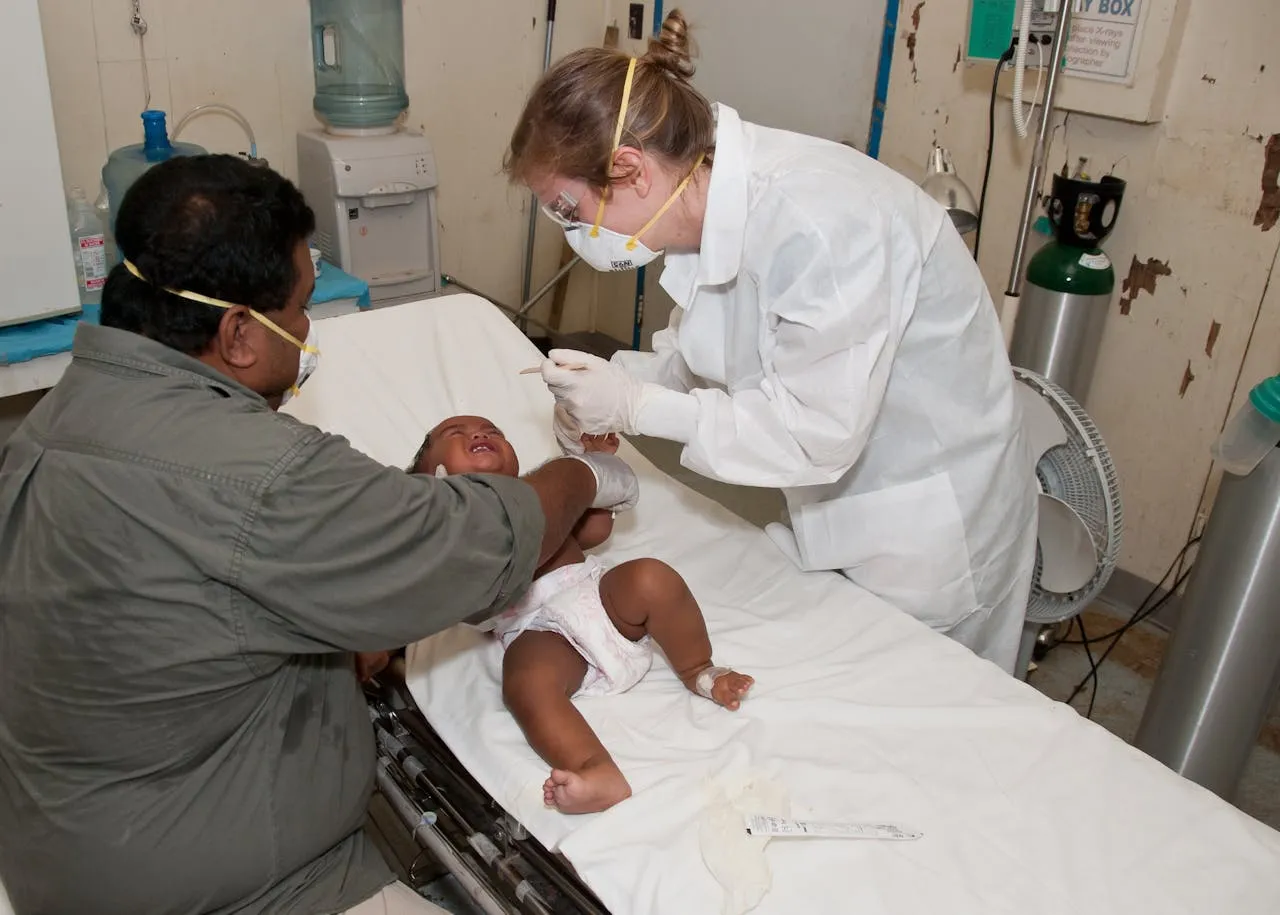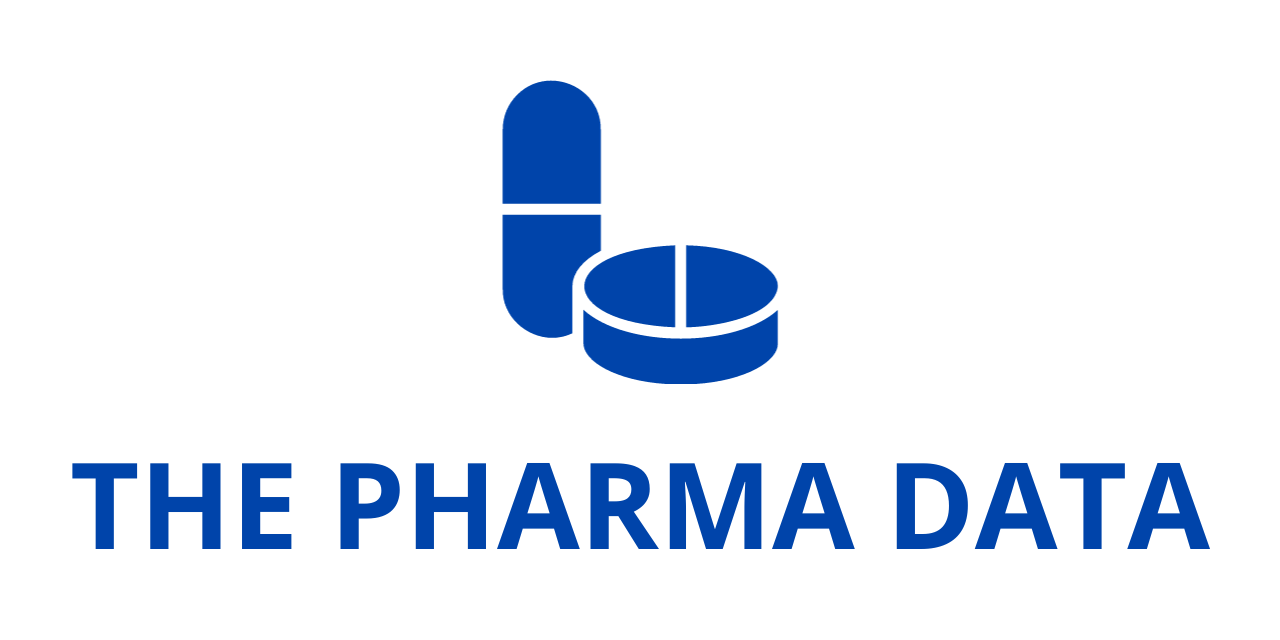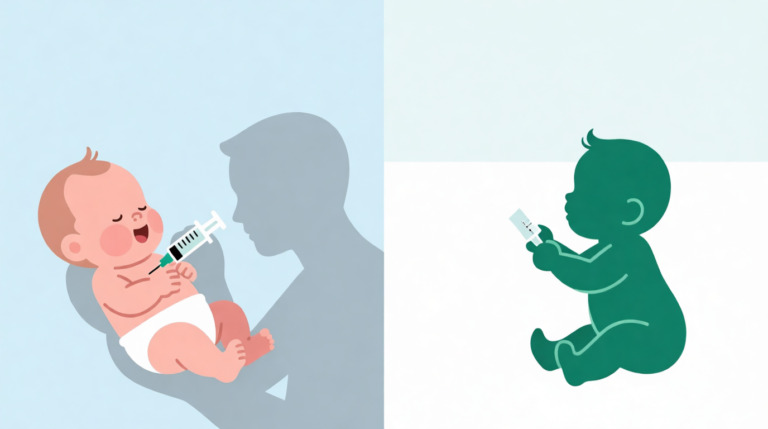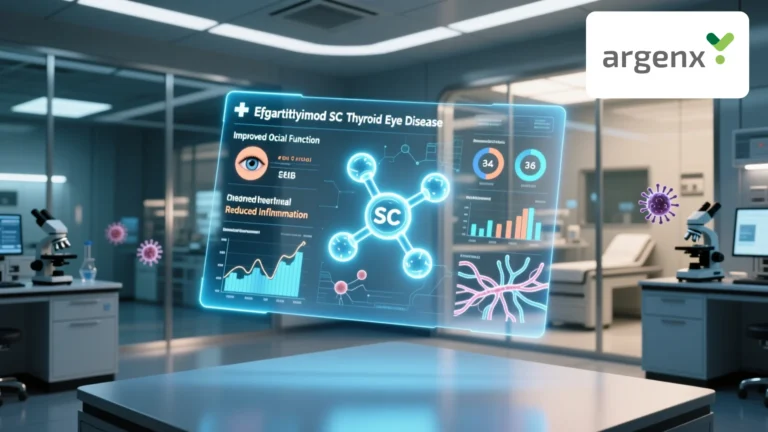
Biogen Launches Global Phase 3 Pediatric Trial of Omaveloxolone for Friedreich Ataxia
Biogen has officially launched its BRAVE study a pivotal, global Phase 3 clinical trial aimed at evaluating omaveloxolone in pediatric patients with Friedreich ataxia (FA). This significant development marks a critical step in extending treatment to a younger population suffering from this rare and progressive neuromuscular disorder. The BRAVE study has begun dosing participants and is currently enrolling eligible children between the ages of 2 and under 16, including both ambulatory and non-ambulatory patients.
Omaveloxolone, already marketed as SKYCLARYS®, is the only approved therapy for Friedreich ataxia in adults and adolescents 16 years and older in more than 40 countries, including the United States and members of the European Union. With BRAVE, Biogen is aiming to broaden the therapeutic reach of omaveloxolone to meet the urgent and unmet medical needs of younger patients who currently have no approved treatment options.
Addressing a Critical Gap in Pediatric Friedreich Ataxia Care
Friedreich ataxia is a debilitating and progressive genetic disorder characterized by impaired coordination, muscle weakness, and loss of mobility. Symptoms typically manifest in childhood and intensify rapidly over time, particularly in patients who develop the disease at an earlier age. This early onset is strongly correlated with more aggressive disease progression and a quicker loss of function, underlining the pressing need for early intervention strategies.
Recognizing this unmet need, Biogen has acted swiftly to initiate the pediatric development plan for omaveloxolone following its acquisition of Reata Pharmaceuticals, the original developer of the therapy.
“Recognizing the symptoms of Friedreich ataxia typically begin in childhood, and earlier onset of symptoms is associated with faster disease progression, there is tremendous unmet need in the pediatric community,” said Stephanie Fradette, Pharm.D., Head of the Neuromuscular Development Unit at Biogen. “Building on the work of Reata, we have been urgently advancing the pediatric development plan for omaveloxolone and are thrilled that the Phase 3 BRAVE study has now begun. We are immensely grateful for the input from the entire FA community that has helped shape the design of this important study.”
Inside the BRAVE Study: Trial Design and Key Objectives
The BRAVE trial will enroll approximately 255 children diagnosed with Friedreich ataxia across multiple international sites. The study is structured in two main parts:
- Part 1 is a randomized, double-blind, placebo-controlled phase spanning 52 weeks. Participants will be randomized in a 2:1 ratio, receiving either omaveloxolone or a matching placebo once daily. The primary endpoint in this phase is the change from baseline in Upright Stability Score (USS)—a validated subscale of the modified Friedreich Ataxia Rating Scale (mFARS). USS has been widely recognized by the FA research community as a highly sensitive measure of disease progression in pediatric populations, particularly useful for detecting changes in postural and balance control over time.
- Part 2 of the trial transitions into an open-label extension (OLE) phase, allowing all participants—regardless of the group they were initially randomized into—to receive omaveloxolone treatment for up to an additional 52 weeks. This will enable researchers to collect valuable long-term data on the drug’s safety, tolerability, and sustained efficacy in children.
The trial will also include evaluations of pharmacokinetics (PK) and pharmacodynamics (PD) to better understand how omaveloxolone behaves in younger patients’ bodies and to confirm dose selection.
A Community-Informed Approach
According to Biogen, the design of the BRAVE study has been deeply informed by input from global medical experts, trial investigators, and the FA patient advocacy community. This collaborative approach was essential in developing a trial that is both scientifically rigorous and sensitive to the needs and experiences of affected families.
Dr. Susan Perlman, Professor of Neurology and Director of the Ataxia Center at the David Geffen School of Medicine at UCLA, emphasized the importance of this clinical trial in filling the treatment gap for children:
“Early onset patients often have the most aggressive and fast-progressive form of Friedreich ataxia, and through the BRAVE study, we aim to determine the potential safety and efficacy of omaveloxolone for children living with the disease,” said Dr. Perlman. “This vulnerable population faces significant unmet need, with no approved treatments currently available.”
The FA community has long advocated for research that addresses the needs of pediatric patients, and this study could serve as a crucial milestone in achieving that goal.
Enrollment and Global Reach
Biogen has already initiated enrollment in the United States, with plans to expand the study across multiple countries as regulatory and ethics committee approvals are obtained. The company aims to establish BRAVE study sites around the globe, reflecting its commitment to inclusive research that captures diverse patient populations.
Individuals interested in participating in the trial are encouraged to consult with their healthcare providers. Additional details about the BRAVE study, including eligibility criteria and site locations, will become available as the global rollout progresses.
About Omaveloxolone and Friedreich Ataxia
Omaveloxolone is a first-in-class Nrf2 activator that works by reducing oxidative stress and inflammation—both of which are thought to contribute to the pathology of Friedreich ataxia. The drug’s mechanism of action involves targeting mitochondrial dysfunction, which plays a critical role in the disease’s progression.
Friedreich ataxia is caused by mutations in the FXN gene, which result in decreased expression of the frataxin protein. This deficit impairs mitochondrial function and leads to progressive damage to the nervous system, heart, and pancreas. There are an estimated 5,000–6,000 diagnosed cases in the United States, but the actual number of affected individuals may be higher due to underdiagnosis or misdiagnosis.
With SKYCLARYS already approved for use in patients aged 16 and older, expanding the therapeutic indication to include younger children through the BRAVE study could significantly alter the treatment landscape for FA by enabling earlier intervention, potentially slowing disease progression at a more critical stage of development.
Biogen’s initiation of the BRAVE Phase 3 trial marks a significant leap forward in the effort to bring hope to children and families affected by Friedreich ataxia. By focusing on early intervention in a population with the most severe disease progression, the company is not only addressing a major unmet need but also reinforcing its broader commitment to advancing therapies for rare and neurodegenerative diseases.
As enrollment expands and the study progresses, results from the BRAVE trial will be eagerly anticipated by clinicians, researchers, families, and advocacy groups who have long awaited effective treatment options for pediatric FA. Should the trial prove successful, omaveloxolone could become the first approved therapy for Friedreich ataxia in children, helping to shift the course of this challenging and often devastating condition.




